Why get on board now?
Formula 1 is changing faster than ever, which creates both opportunities and questions.
Automate
Formula 1 teams use machine learning to optimise cornering in real time, making drivers appear to communicate telepathically with their cars. Yet the human reflex remains indispensable, especially when the weather changes.
Integrate
Streaming services, on-board data and social media merge into a single viewing experience. Fans switch effortlessly between Viaplay, TikTok and telemetry apps, so even during the lunch break graph you can see why an undercut does or does not work.
Innovate
The adoption of sustainable fuels and hybrid systems is accelerating. While the crews in the pits work on more efficient MGU-Ks, the FIA is already openly talking about hydrogen. It still feels futuristic, but in the paddock it is daily business.
Connect
Grand Prix visits have become four-day events: fan forums, esports tournaments, charity runs. What began as a race is now a festival where companies and clients can conveniently combine relationship building and brand activation.
A Grand Prix weekend can feel like chess played at Mach 4..
A Grand Prix weekend can feel like chess played at Mach 4.
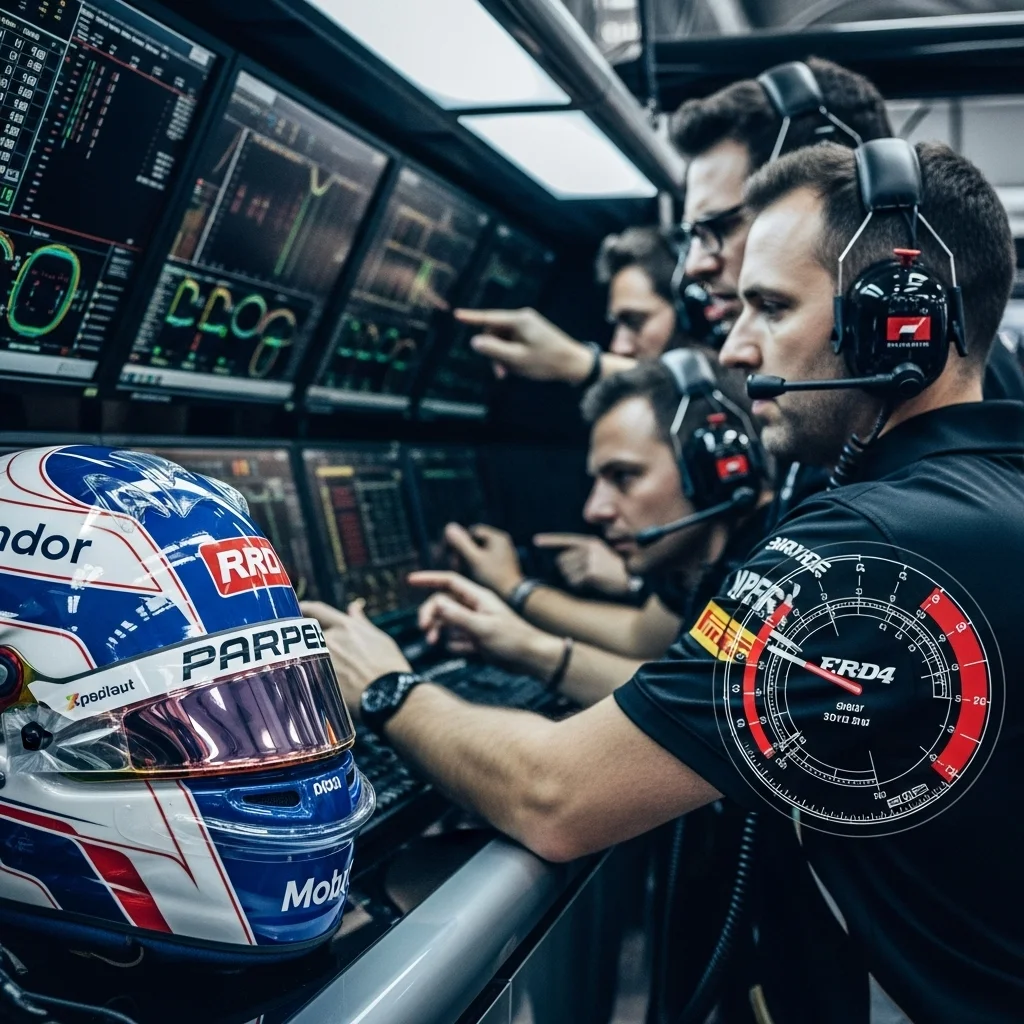
Big picture
Formula 1 serves as a living laboratory for aerodynamics, data science and human endurance, and that mix proves irresistible to engineers and storytellers alike.
Granular level
Each sensor sends about 1.5 GB of data per lap to the pit wall, yet a single wrongly set wing can ruin the race. That fragile balance keeps teams grounded.
Through the Spartner lens
We follow not only lap times but also analyse how rules on cost caps and sprint races influence team business models.
A set of tyres lasts on average twelve laps unless a safety car intervenes.
In 2026 the permitted fuel usage will drop by 30 percent, forcing engine suppliers to rethink their approach.
The number of sprint races may double to twelve; therefore focus on qualifying statistics, not only on race pace.
How do you navigate this new Formula 1 reality?.
Theory is fascinating, but the value lies in translating it into practice. Here is a step-by-step approach to apply the insights without choking on the complexity.
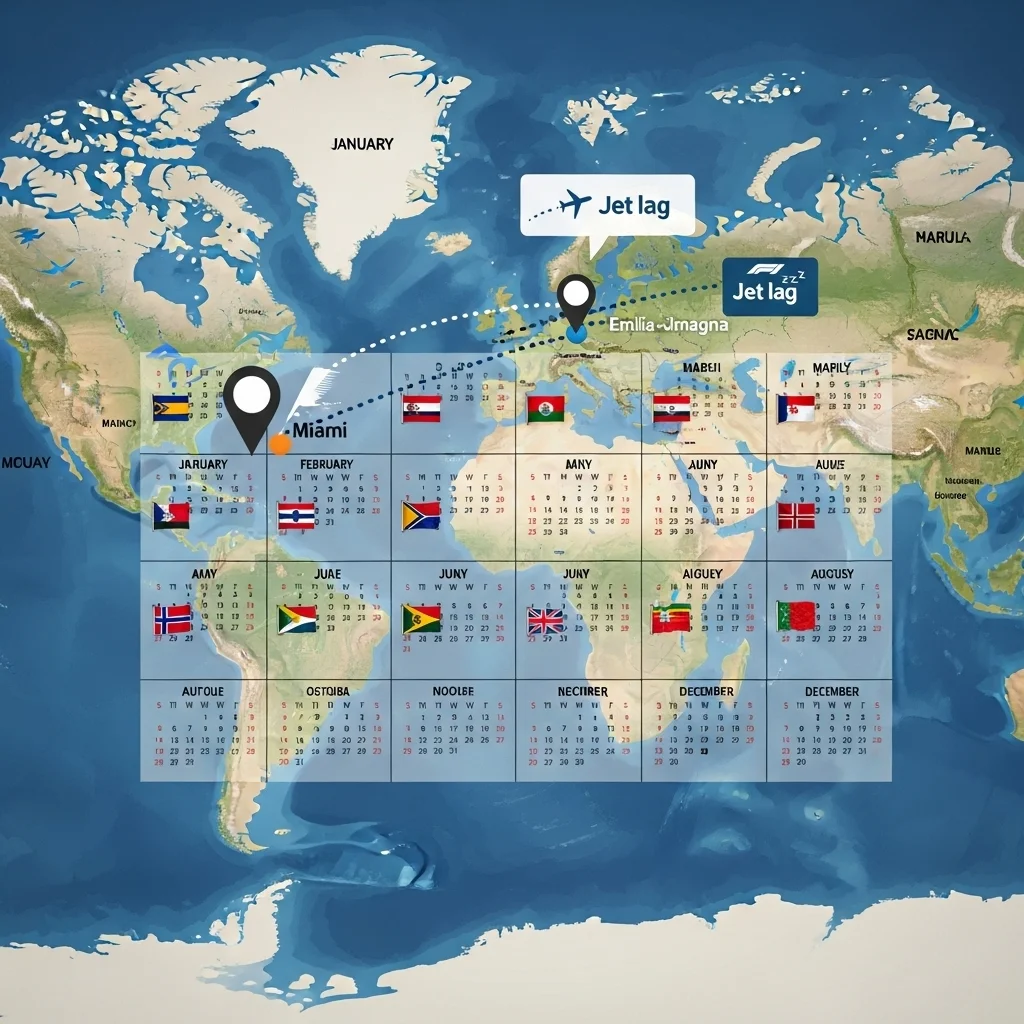
Step one – Understand the calendar.
The 24 races of 2025 feature double headers and a Miami-Emilia Romagna jet lag. Plan breaks because lack of sleep can undo even the best analyst.

Step two – Dive into the rules.
Porpoising limits, DRS zones and parc fermé times change almost every season. Create a cheat sheet so during a strategy call you instantly know why a team is switching the rear wing.
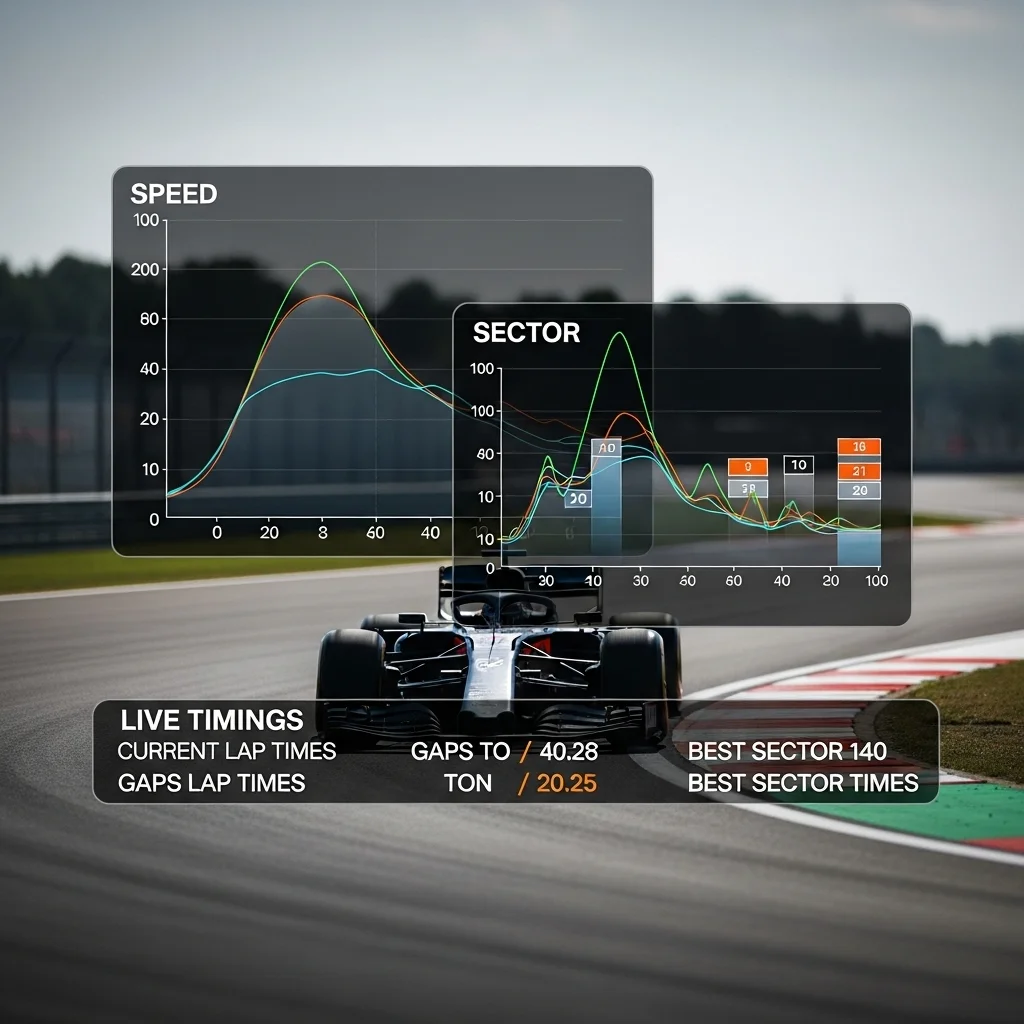
Step three – Analyse live data.
Use official F1 live timing for sector comparisons and overlay it with your own dashboard. In practice we often see teams masking differences in top speed with higher downforce in sector 2.
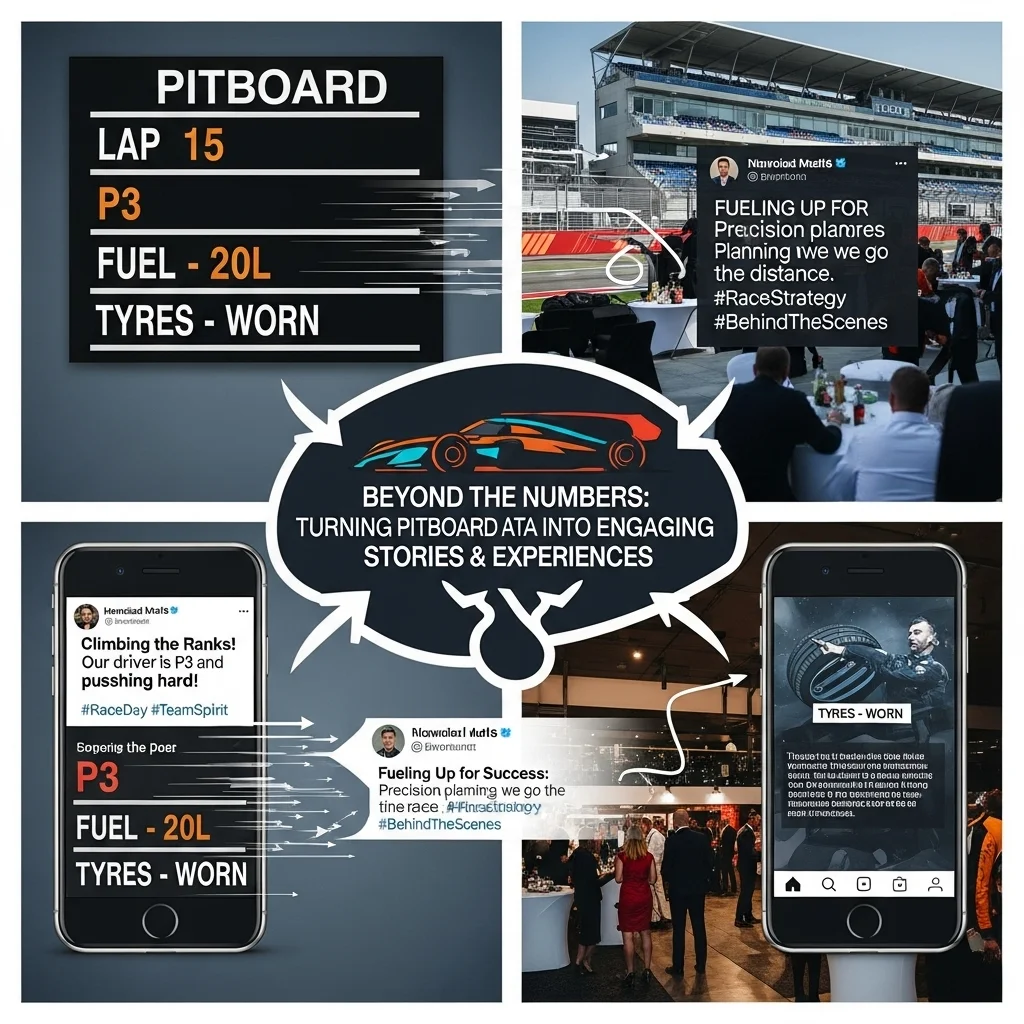
Step four – Turn insights into action.
Whether you handle hospitality or build content, connect statistics to stories. People remember that Verstappen made 27 overtakes in Jeddah, not that he had 2.3 percent more throttle overlap.
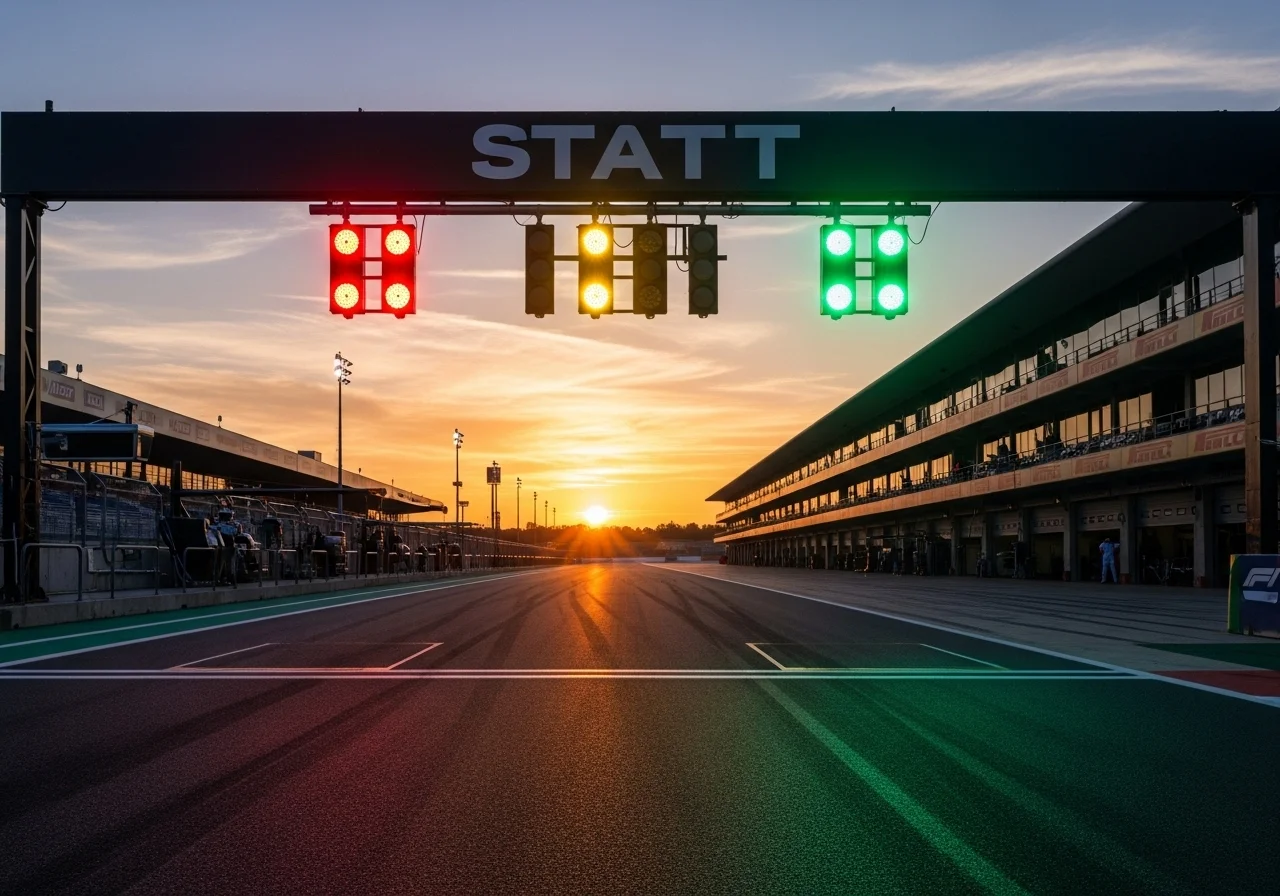

Interested in digging deeper?
Feel free to get in touch and discover how we can help your brand benefit from the lightning-fast developments within Formula 1 without falling into clichés.
Human versus machine
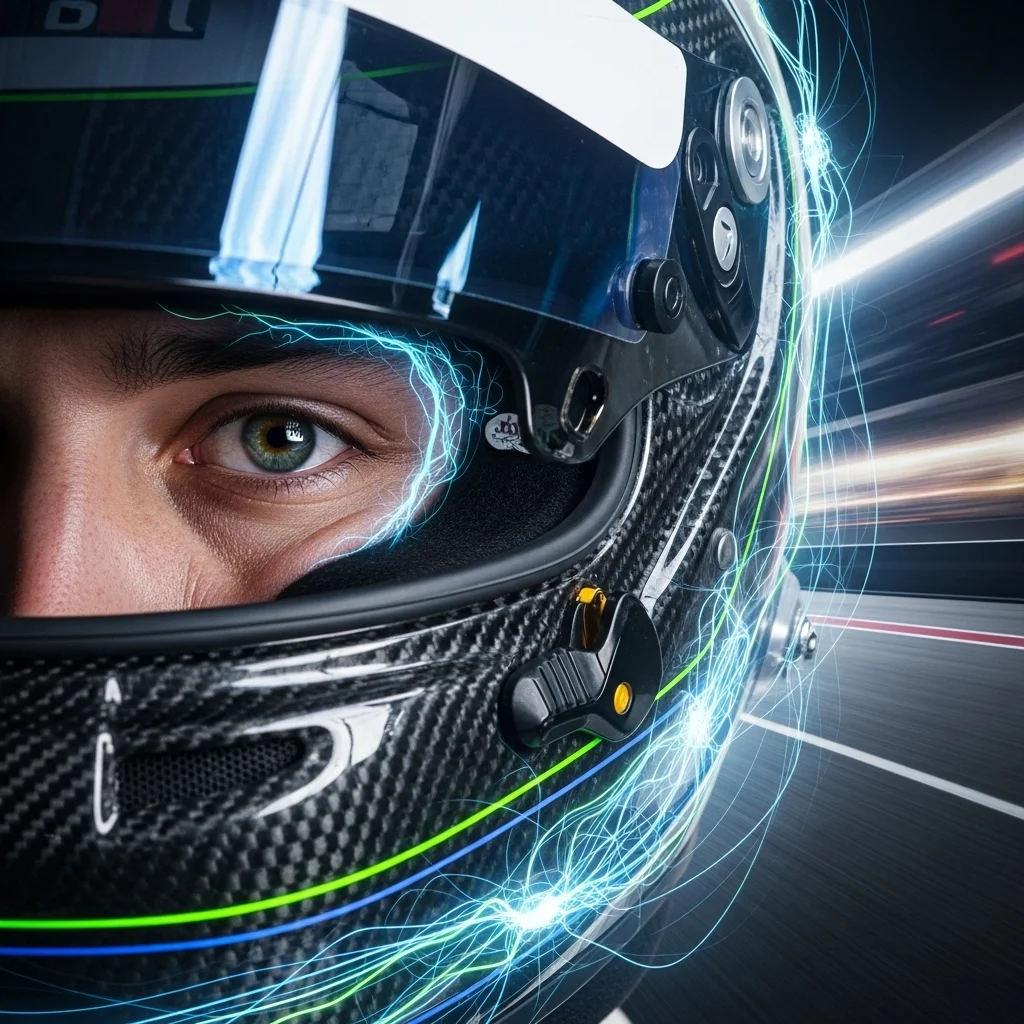
What still makes the driver unique?
Formula 1 drivers are often described as cartoon heroes, yet beneath the carbon fibre sits a vulnerable human who must decide within milliseconds whether to lift or stay flat. The striking fact is that the car now has more computing power than a mid-2000s supercomputer, and still the human remains the decisive factor. In practice we often observe that experience in wet conditions (think Silverstone 2008 or Zandvoort 2023) makes a greater difference than any diffuser update. **Formula 1** ultimately remains a stage where biomechanics and intuition converge, keeping the sport unpredictable.
Adrenaline as currency
Drivers trade risk for fame, and that makes every mistake mercilessly visible. The world watches in 4K slow motion, so even a small moment of oversteer goes viral.
Practical tips for viewers
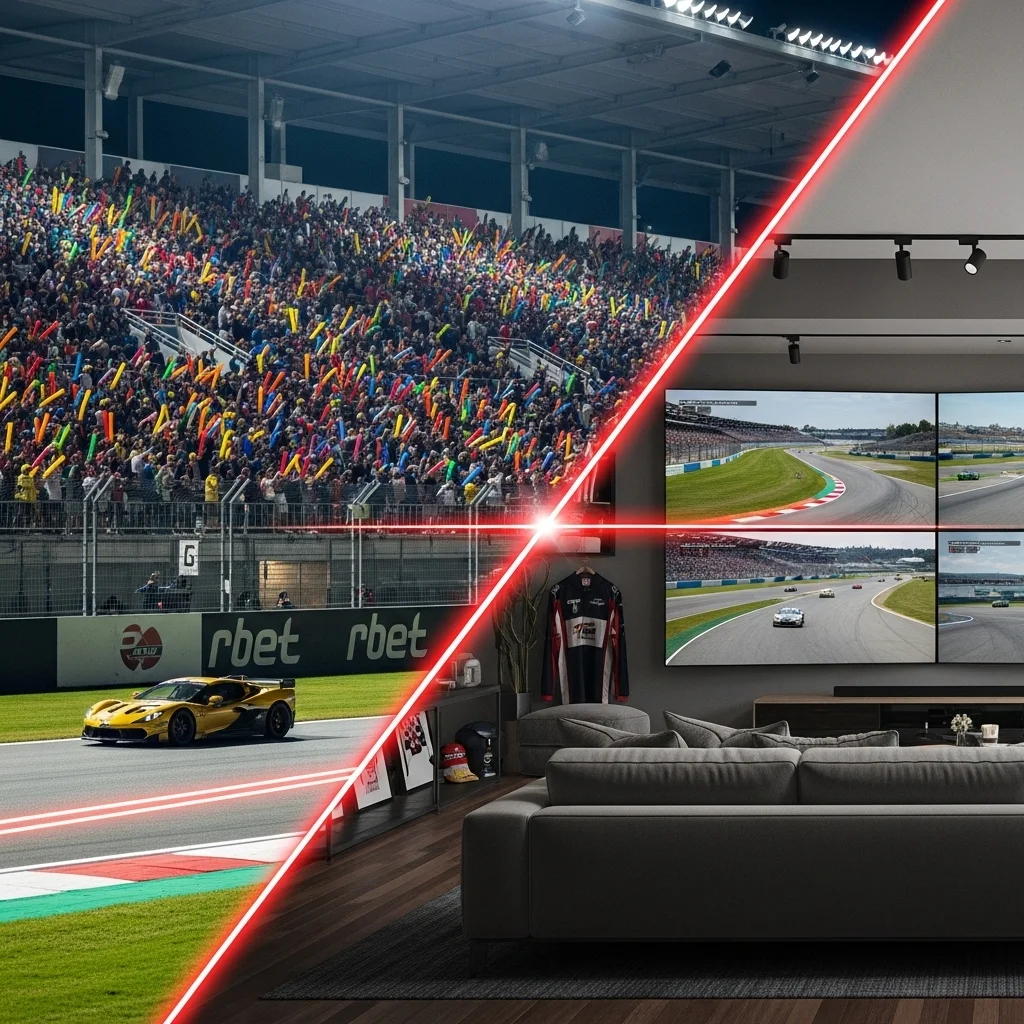
How to get more out of a race weekend
Good preparation starts on Thursday: check tyre sets and engine allocations as soon as the FIA documents go live. Next set alerts for parc fermé violations, because they shift grid positions and influence bets. Data shows that night races in Singapore generate 18 percent more virtual safety cars on average, so plan snacks accordingly.
Trackside versus couch
At the track you smell burnt rubber and watch the drivers blast past at 320 km/h, but you miss sector times. At home you have multiple camera angles yet no grandstand atmosphere. Combine the best of both: attend one European Grand Prix and use a multi-screen set-up for the rest of the season.
The ecological braking distance
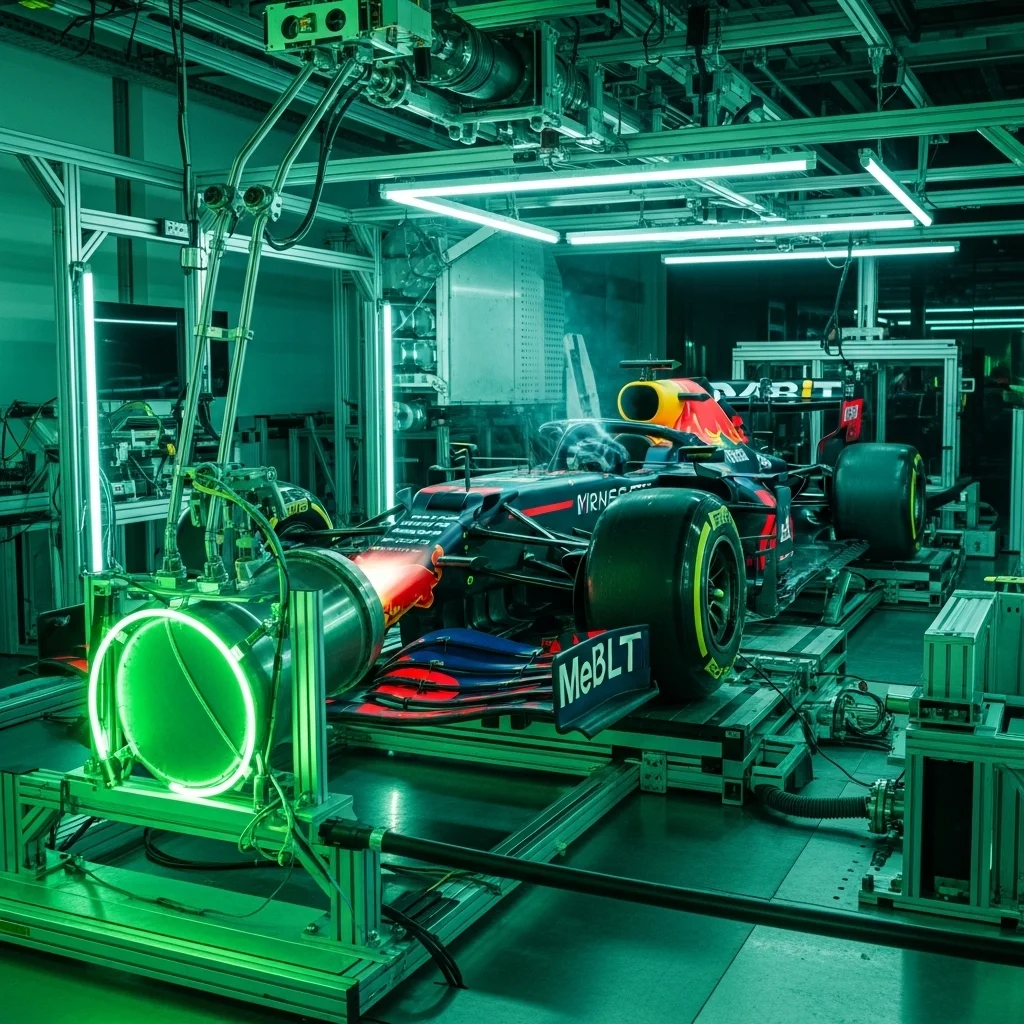
Can a fast sport be sustainable?
Critics have argued for years that Formula 1 is inherently polluting. Yet the sport has moved at impressive cruise speed towards sustainability. From 2026 one hundred percent synthetic fuel will be mandatory, with CO₂ captured from the air reused straight away. That said, the logistical circus of 1,400 tonnes of equipment per race remains a hot topic. Modular paddocks and sea-freight routes are therefore being developed to halve the footprint.
More than green gloss
Sustainability does not only sell tickets, it determines whether cities may host a Grand Prix. Miami received the green light after pledges regarding solar panels and asphalt reuse — an interesting precedent for new circuits.
Why is Max Verstappen so dominant? 🙂
Verstappen combines karting reflexes with an exceptional feel for tyre temperature, and his team builds a car that supports that style. Add smart strategy and mental calm and you get an almost unstoppable mix.
What exactly does DRS mean? 🤔
DRS stands for Drag Reduction System. A flap in the rear wing opens on certain straights, reducing drag. Result: about a 15 km/h speed boost, but only when you are within one second of the car in front.
Are there really going to be twelve sprint races? 😅
The FIA is studying the doubling, but final approval depends on teams and drivers. Some fear extra repair costs, others see extra show. We understand fans are divided and the debate is ongoing.
How sustainable is Formula 1 at the moment? 🌱
Since 2014 the sport has used hybrid engines and offsets all direct CO₂ emissions. The biggest gain, however, lies in logistics, an area where Liberty Media is now rolling out accelerated plans.
What does a Grand Prix ticket cost on average? 💸
Prices vary enormously. A general-admission ticket in Austria starts around €120, while Monaco grandstand seats easily cost ten times as much. Pay attention to extras such as shuttle passes and fan-zone access.
Is the halo really that important? 🛡️
Absolutely. Since its introduction in 2018 the halo has prevented several potentially fatal incidents, including Grosjean in Bahrain 2020. Safety thankfully remains a top priority.
Why is refuelling banned? ⛽
After 2009 fuel stops were scrapped to cut costs and reduce fire risk. It also created strategic variation in tyre degradation, making races less predictable.
Can a company still sponsor without millions? 💼
Yes, especially through digital activations and regional deals. Teams offer packages for trackside LED boarding or social takeovers, giving your brand visibility without covering the entire livery.


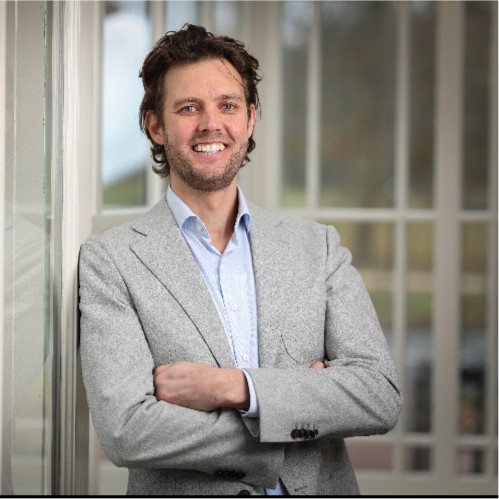







.webp)
